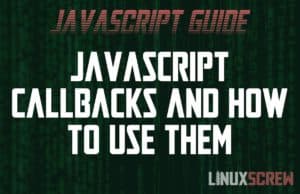Getting the Absolute (Full) and Relative Path In Linux
This article explains absolute paths and how they differ from relative paths, getting them, and how symbolic links are handled. FileSystem Paths A path is the location of a file in a file system. It’s the directions to the file in the folder it is located. A path consists of a string of characters. Some represent directory names, and a separator character separates the directory names from the file name and extension. Consider the below path: /path/to/my/file.txt It consists of: Forward slashes (/) to separate directories from their subdirectories … Read more










